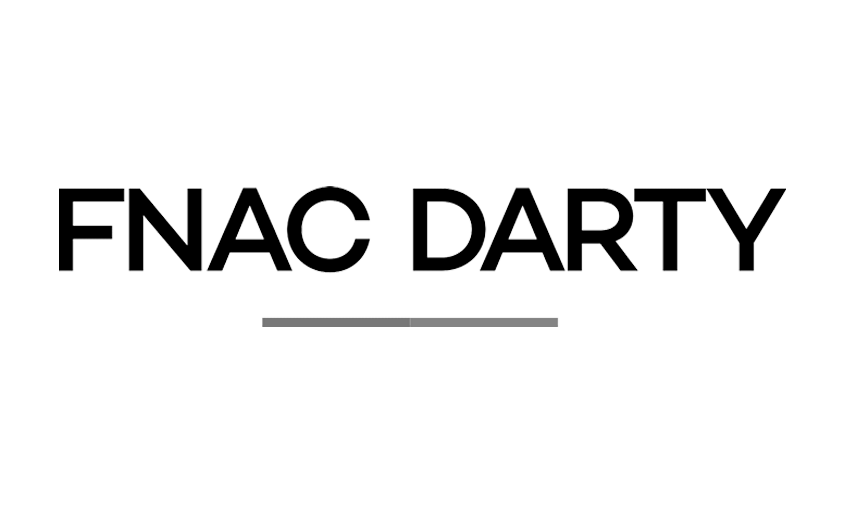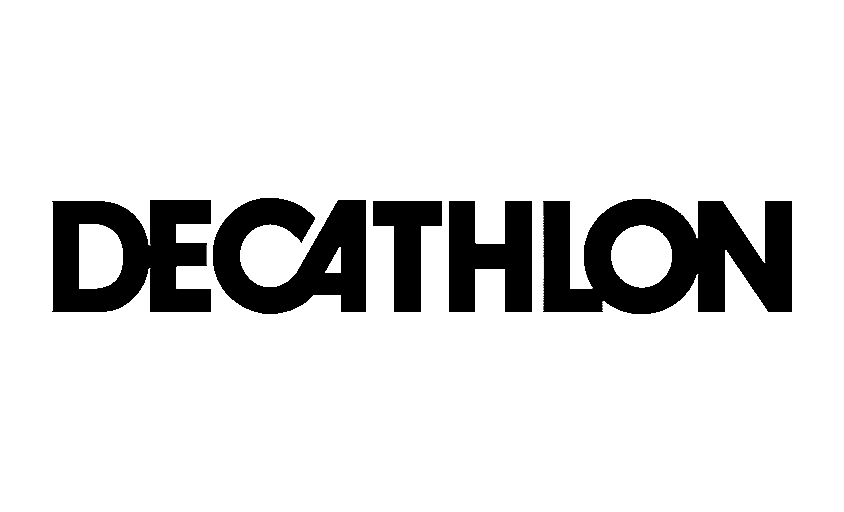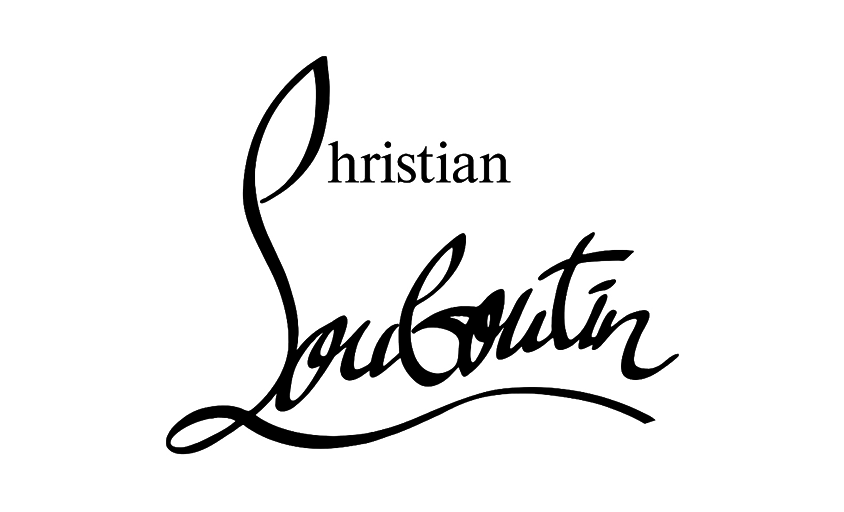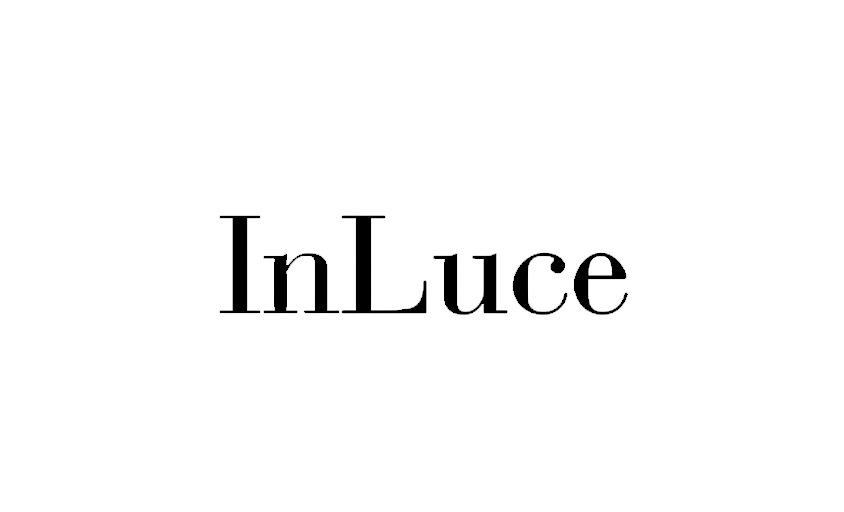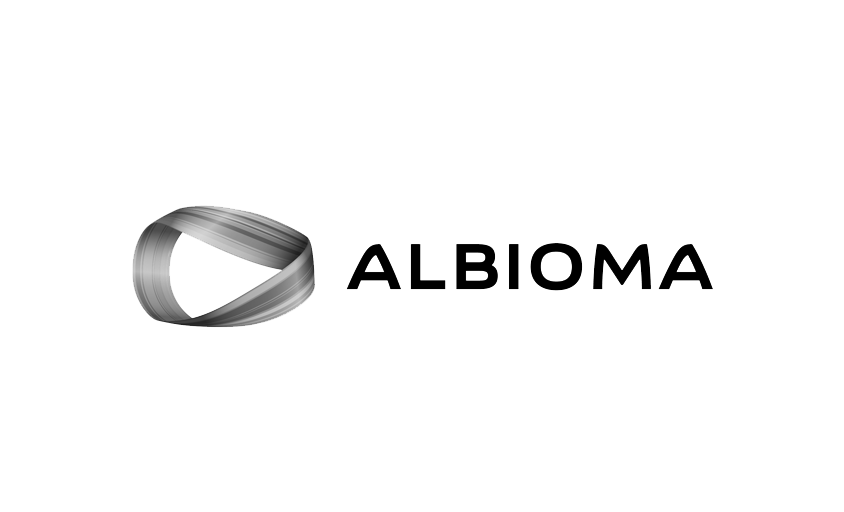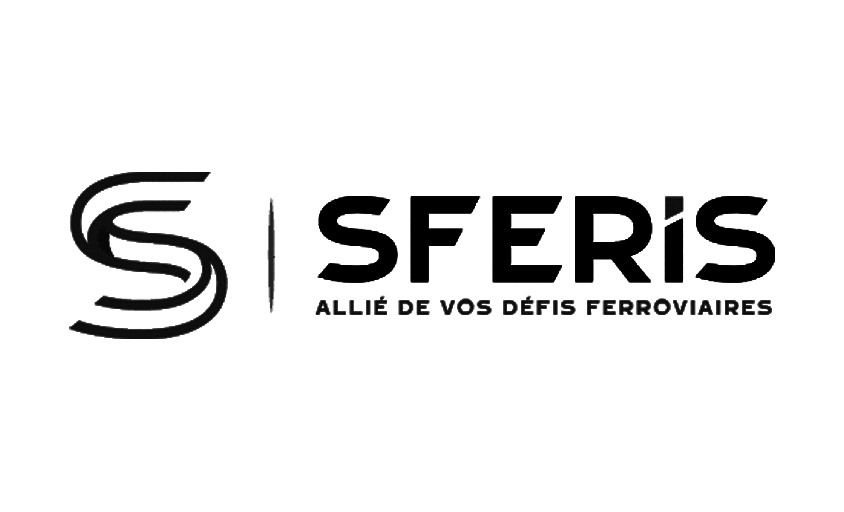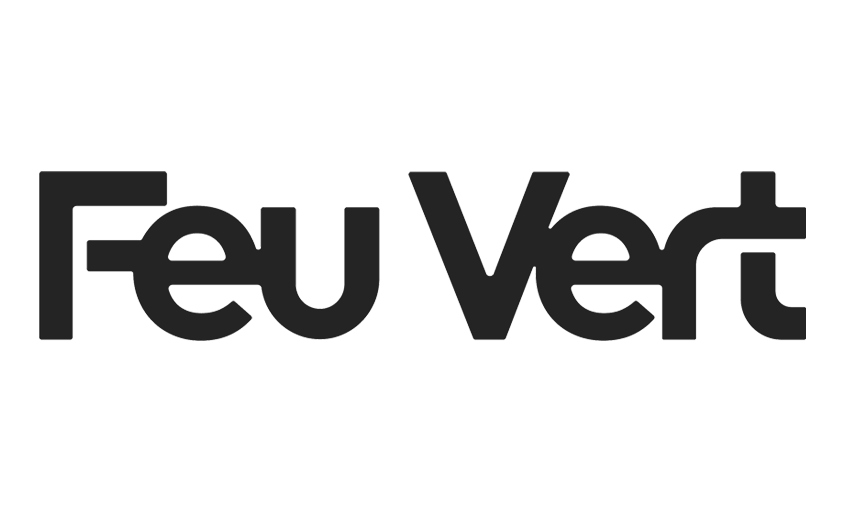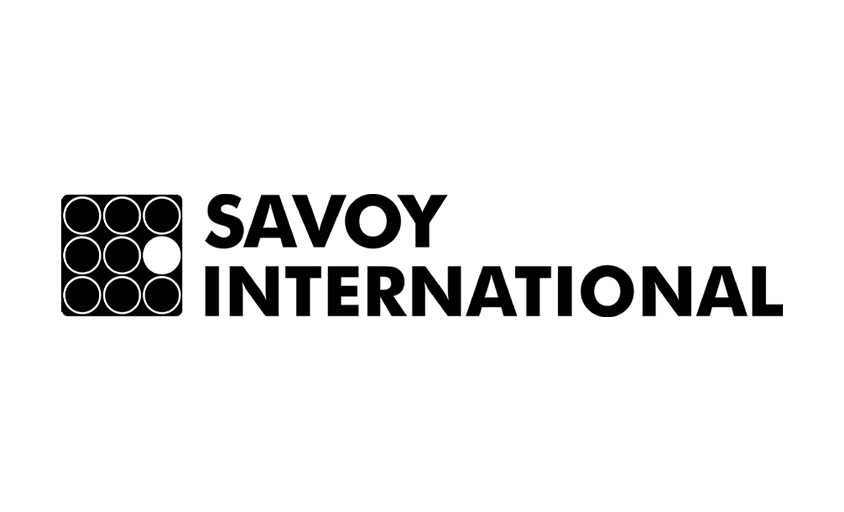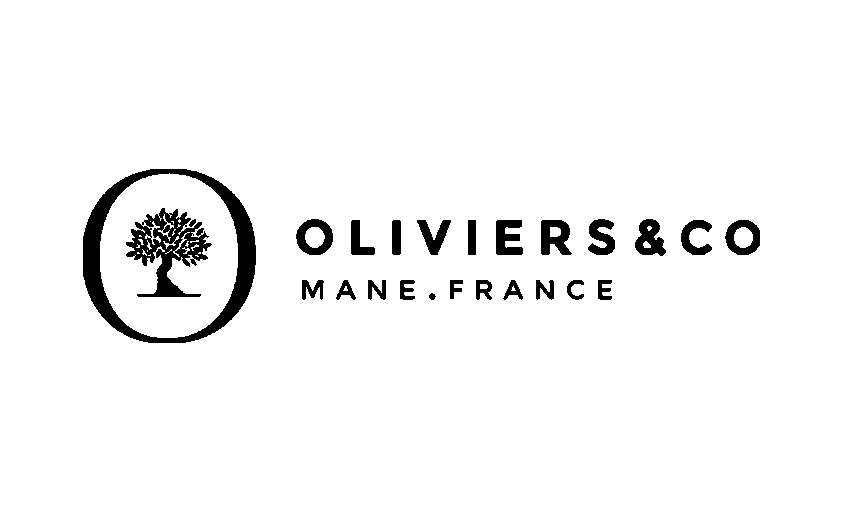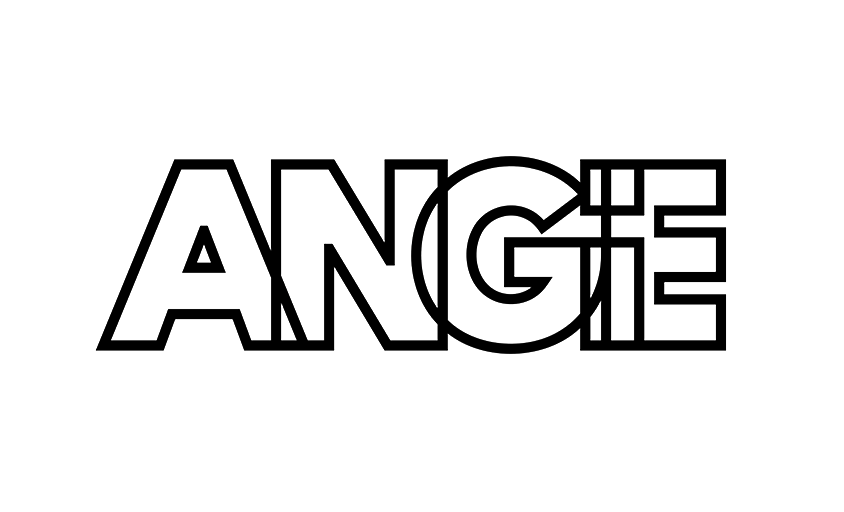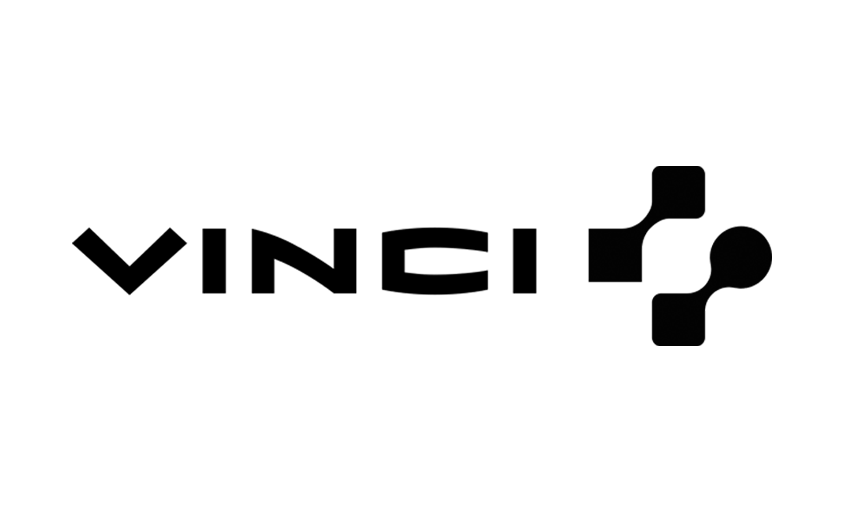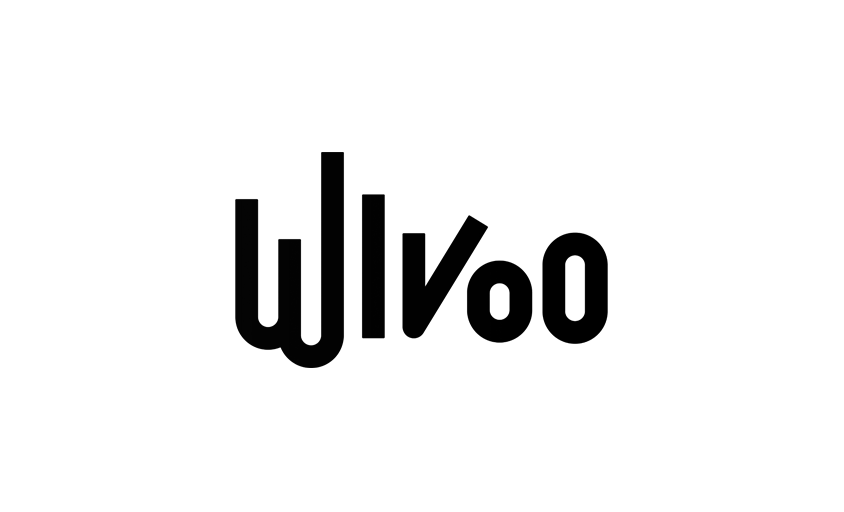Advertising Insert
In this article :
An advertising insert is a printed piece specifically designed to be inserted into other publications, such as magazines, newspapers, or brochures. This direct marketing technique offers an effective way to capture the reader’s attention through distinctive visual design, different paper weight or texture, or an original cut. Inserts can be attached to the main publication or placed loosely inside, providing flexibility in how they are presented and discovered by the audience.
Characteristics of Advertising Inserts
- Distinctive Design: To stand out from the main publication, inserts often use vibrant colors, high-quality paper, or special finishes.
- Targeted Message: Inserts are designed to communicate a direct and impactful advertising message, often with a clear call to action to prompt an immediate response from the reader.
- Flexible Distribution: Inserts can be distributed in a targeted selection of publications, allowing advertisers to reach a specific audience based on interests, geography, or demographic profile.
Formats and Types of Advertising Inserts
Advertising inserts go far beyond a simple loose sheet slipped into a magazine; they come in various formats and attachment methods that influence both their impact and cost.
- Glued Insert: Affixed with a glue dot or repositionable strip, it “surprises” the reader when they open the page. Ideal for response cards, perfume samples, or mini catalogues.
- Loose Insert: A free sheet inserted between pages. Often quarter-page or A5 in size, it’s easy to keep and can be used as a coupon.
- Tip-on: A thick card or small object (like a USB stick or seed packet) glued onto the main ad page; draws the eye and adds a tactile element.
- Perfume Card / Detachable Sample: A scented or cosmetic version of the glued insert; requires barrier paper and sealing varnish.
- Full-Page Insert: Same size as the publication but printed on premium paper (150 gsm or more). Offers an immersive visual while remaining detachable to be displayed or shared.
- Folded Insert: With two or more panels, like a mini-brochure. Perfect for presenting a full product range or detailed directions.
Advantages of Advertising Inserts
- Increased Visibility: Their distinctive appearance and physical presence within a publication naturally catch the reader’s attention.
- Interactivity: Loose inserts can be designed to be removed, kept, or used as coupons, boosting consumer engagement with the brand.
- Trackable Results: Thanks to direct response mechanisms (e.g., coupon returns, unique URLs), the effectiveness of an advertising insert can be measured with relative precision.
Technical Specifications for a Successful Advertising Insert
Paper Weight and Type
- To ensure it’s easy to handle without creasing: 135 to 170 gsm in matte or satin coated paper.
- Above 200 gsm, the insert may damage the magazine spine and increase insertion costs.
PDF Template & Bleed
- Follow the printer’s templates: include crop marks, color bars, and a 3 mm bleed on all edges.
- Key elements (logo, call-to-action) should be at least 5 mm from the edge to avoid being cut off.
Varnish and Finishes
- An acrylic varnish protects colors and prevents smudging during folding.
- Spot varnish or hot foil stamping can highlight the action button but adds 24 hours drying time and around 10% to the budget.
Folding / Scoring
- For inserts over 150 gsm, add scoring to avoid paper cracking.
- Folded inserts should include “Open me” or a clear icon, without a prompt, readers might overlook it.
Delivery to Printer
- Certified PDF/X-4 files must be sent 5 days before print. Printed proofs (hard copy) should arrive 48 hours prior to press.
- Pre-cut inserts must be bundled in stacks of 500 with kraft bands and labeled (magazine title, issue number, placement orientation).
Cost: Factors That Influence the Price
The price of a press insert is rarely calculated by the centimeter alone; it depends on a combination of variables:
- Circulation and Reach: A national monthly with 300,000 copies will logically charge more than a regional weekly.
- Format and Complexity: A loose A5 insert is about 30% cheaper than a tip-on or a scented card requiring glue, barrier varnish, and manual application.
- Paper Weight / Premium Stock: Add 15% for 170 gsm satin paper, and up to 25% for textured creative paper.
- Number of Placements: Is it machine-inserted or placed manually one by one? The latter can double the assembly cost.
- Urgency: Closing a project in under seven days often comes with a rush fee of 10% to 20%.
As a reference, a four-color loose A5 insert with a print run of 100,000 copies on 135 gsm paper typically costs around €120 to €150 CPM (cost per thousand copies), excluding creative fees and special varnishes.
Production Process of an Advertising Insert
- Advertiser / Agency Brief
Objectives, target audience, message, and intended format.
Budget and provisional schedule validated. - Initial Mock-Up
Sketch or basic PDF to confirm format, call-to-action, and visual hierarchy.
Immediate adjustments made before final design. - Design & Proofing
Final design respecting the printer’s templates.
File delivered in PDF/X-4 format, followed by digital proof and signed hard copy proof (“Bon à tirer”). - Printing & Finishing
Sheet-fed or reel-fed printing depending on weight; varnishing, cutting, folding, and creasing if needed.
Color density and cutting marks controlled on press. - Insertion / Placement
Automated machinery for simple loose inserts; supervised manual placement for tip-ons, perfume samples, or 3D cards. - Print Run Control
Sampling at press output; checking position and adhesion (if glued).
By completing all six stages without shortcuts, you drastically reduce the risk of printer refusal, newsstand delays, or last-minute extra costs.
Measuring Effectiveness
Determining whether an insert fulfilled its purpose no longer relies on gut feeling—nearly everything is traceable today. The first level of analysis focuses on the direct response rate: a scanned QR code, a promo code entered online, or a tear-off coupon returned in-store. This yields raw data (number of scans, generated carts, receipts) that is compared against the actual print run to estimate the response rate.
Next comes the media impact measurement: reader post-tests, aided or spontaneous brand awareness, recall. Panel institutes survey a sample in the days following publication; they calculate advertising recall and then the “uplift” compared to the previous issue without an insert. This data—typically between +8% and +20%—allows marketers to convert insert cost into cost per point of brand awareness gained, a metric comparable with TV or digital campaigns.
Finally, the ROAS (Return On Ad Spend):
- In e-commerce, it’s linked to the net margin generated via promo code usage.
- In retail, it factors in incremental sales observed during the magazine’s circulation window.
When the insert includes a perfume sample or a time-limited discount, analysis usually reveals an immediate spike followed by a long tail effect: the insert continues to yield results well after the magazine is shelved, proving that a physical object, once kept, acts as a brand reminder.
Insert or Advertorial?
The advertising insert and the advertorial (publireportage) do not serve the same purpose, even though they share the same print medium. The insert aims to create visual disruption: it stands out as a distinct, detachable object, sometimes scented or textured. The reader grabs it, keeps it, or scans it; the action is immediate and measurable.
The advertorial, on the other hand, blends into the editorial flow. Its strength lies not in the object but in the story: two or three pages written like an article, supported by photos, designed to position the brand within a context of expertise or commitment. The goal is credibility rather than quick impact.
In short:
- Choose an insert if you’re aiming for a spike in direct responses (coupon, QR code, sample).
- Opt for an advertorial when the goal is to build brand image or explain a complex service.
Examples That Work
- The Detachable “Test Drive” Coupon
An automaker launches its new city car and inserts a postcard-sized flyer into a regional weekly. 170 gsm paper, soft-touch varnish, personalized QR code. Result: 5,300 scans (3.9% of distributed copies) and 870 dealership appointments, all tracked via CRM. - The “Tip-on” Perfume Sample
Luxury brand, 220,000 copies in a premium women’s monthly magazine. The scented sample is glued at the top of the page, just below the banner. Over the five weeks following publication, sales of the new fragrance increase by 11% compared to the same period the previous year, with the spike correlating to the magazine’s distribution area. - The Accordion Fold Mini-Leaflet for a B2B Trade Show
Tech trade show organizer: a two-panel folded insert placed in a professional magazine. Back: location map; front: QR code for free badge registration. 58% of visitors say they used the insert as a day-of memo; server log analysis attributes 1,280 direct registrations to the QR code, a cost per acquisition 35% lower than standard display campaigns.
These three cases highlight the same principle: when the format aligns with a specific action (test, trial, registration), the insert goes beyond visibility to become a measurable conversion driver.
Conclusion
Advertising inserts are a powerful and versatile direct marketing tool, capable of generating significant attention and prompting consumer action. By combining creative design with targeted distribution strategy, inserts can greatly enhance brand visibility and boost campaign performance.
If you’re looking for high-quality visuals for your advertising inserts, work with our team!
Jérémy Carlo is the editorial director at Rétines, where he ensures the consistency and clarity of all content produced by the studio.
Our Clients
Let’s discuss
What we do for you at Rétines
Meticulous work, an organised project and fast delivery. And to achieve this, we mobilise the right resources in our teams at the right time.
01
Pre-production
Artistic and technical direction tailored to the project.
Relevant recommendations on content, form and resources.
02
Photo Shooting
Photos taken by our experienced photographers.
Production that’s controlled, efficient and tailored to the needs of the project, with nothing superfluous.
03
Retouching
Technique
Photographs magnified by our retouching team.
Post-production to meet the commercial challenges of the brief.

